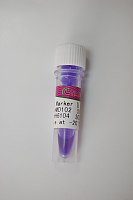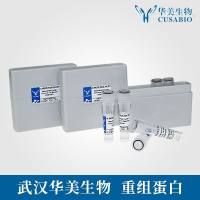As mentioned in Chapter 51 , DNA sequence analysis is based on high-resolution electrophoresis on denaturing polyacrylamide gels. In both the partial chemical cleavage method (Chapter 51 ) and the partial resynthesis method (Chapter 53 ), the labeled DNA fragments to be separated have one common end and the other end varies in length. The minimal size difference of DNA fragments in adjacent tracks of the gel is one nucleotide. The resolution of the gel should therefore be high enough to see two DNA molecules differing in size by one nucleotide as two separate bands. The resolution of the gel can be increased by decreasing the thickness of the gel and by decreasing the volume of the sample applied to each slot. Several percentages of polyacrylamide are routinely used for DNA sequence gels (i.e., 6, 8, 12, and 20% acrylamide) depending on which part of the sequence is to be read. The higher acrylamide percentage gels are used to determine the sequence of the first 50–100 nucleotides. Very long sequences can be read if the size of the gel is increased considerably, e.g., to 1 m. On these gels up to 400 nucleotides can be read. The gels are run under conditions that assure a temperature between 50–60�C at the surface of the plates. This, together with the high concentration of urea in the gel, is to make sure that the DNA does not renature during electrophoresis. The DNA molecules are denatured before loading and should not renature in order to obtain the correct distance between bands differing in size by only one nucleotide.






